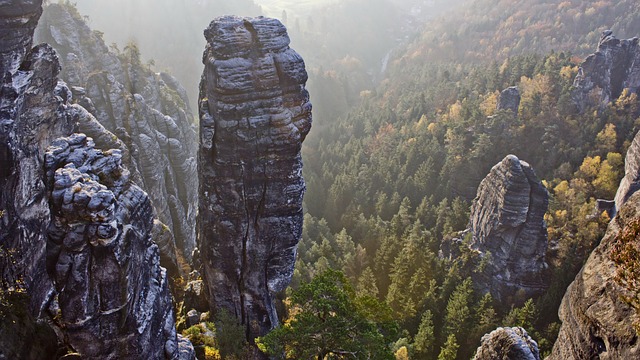Exploring the Evolution of Progressive Rock: A Dive into the Genre
Progressive rock, often lovingly abbreviated as prog rock, serves as a vibrant tapestry woven with intricate musical threads, philosophical lyrics, and an enduring spirit of experimentation. Emerging in the late 1960s, this genre transformed the landscape of rock music and carved out a niche that encouraged bands to stretch their creative boundaries, often blending various styles and influences.
Roots of Progressive Rock
The genesis of progressive rock can be traced back to bands like The Beatles and Pink Floyd, who began to experiment with complex song structures and innovative recording techniques. It wasn’t long before bands such as Genesis, Yes, and Emerson, Lake & Palmer emerged, each bringing their own unique flavors to the genre. By incorporating elements of jazz, classical music, and even world music, these innovators set the stage for a movement that was as much about artistic expression as it was about musical prowess.
Characteristics of the Genre
At the heart of progressive rock lies an intricate sound that often includes long instrumental passages, elaborate compositions, and thought-provoking lyrics. Songs frequently surpass the typical three or four-minute radio play format, venturing into ambitious, multi-part epics that tell compelling stories or explore abstract concepts. This complexity not only engages listeners but also invites them to participate in a shared journey of discovery and introspection.
The Golden Age
The 1970s marked the golden age of progressive rock. Iconic albums like Close to the Edge and The Dark Side of the Moon pushed artistic boundaries and garnered immense popularity. With concerts that featured elaborate light shows and conceptual themes, bands created immersive experiences that captivated audiences and solidified the genre’s legacy. The interplay of synthesizers, complex time signatures, and virtuoso musicianship became synonymous with prog, captivating fans around the globe.
Evolution and Influence
As the decades rolled on, progressive rock evolved while influencing a myriad of genres, from metal to electronic music. The 1980s saw a shift as neo-prog bands like Marillion and IQ revitalized the scene, breathing new life into the genre with fresh sounds while honoring the traditions of their predecessors. The rise of post-rock in the 1990s further showcased the influence of progressive elements, imbuing the genre with instrumental storytelling at its core.
Modern Progressive Rock
Today, progressive rock remains a dynamic force in the music industry. Bands like Porcupine Tree, Dream Theater, and Opeth continue to explore the boundaries of the genre, incorporating modern techniques and influences while staying true to the ethos that defined its forebears. Festivals dedicated to prog music, such as Progressive Nation and ProgPower, celebrate the genre’s rich history and bright future, allowing new generations of musicians and fans to connect and inspire one another.
Community and Connection
One of the most profound aspects of progressive rock is the sense of community it fosters. Fans often gather not only to revel in the music but to share in the exploration of its themes and nuances. Whether through fan forums, social media groups, or live performances, the connections formed through this genre are both deep and meaningful, reinforcing the power of music as a unifying force.
In this ongoing journey through the universe of progressive rock, we find a genre that invites us to dream big, think deeply, and appreciate the beauty of complexity. As we dive deeper into its evolution, let us embrace the passion that the music continues to ignite within us all.


